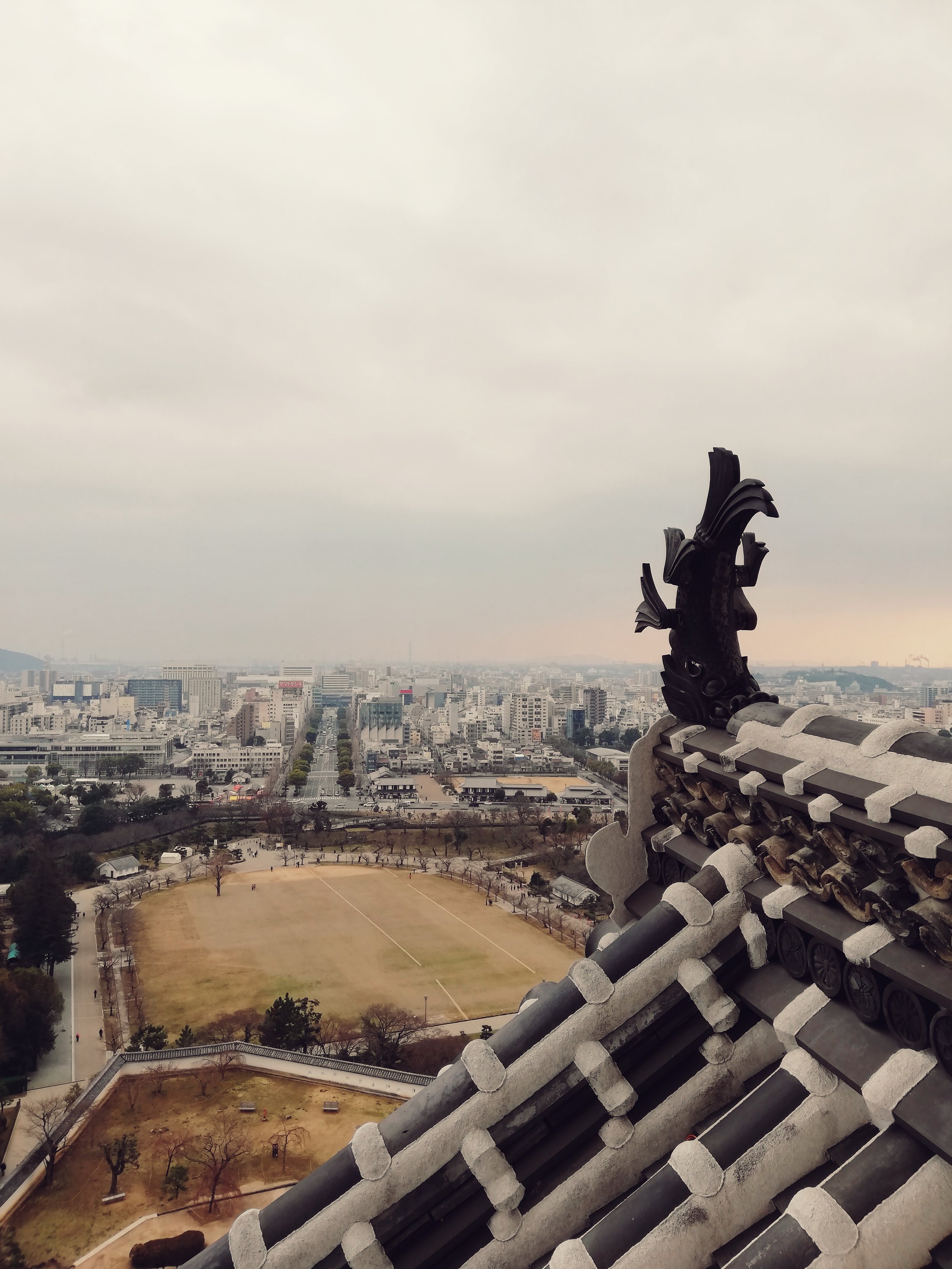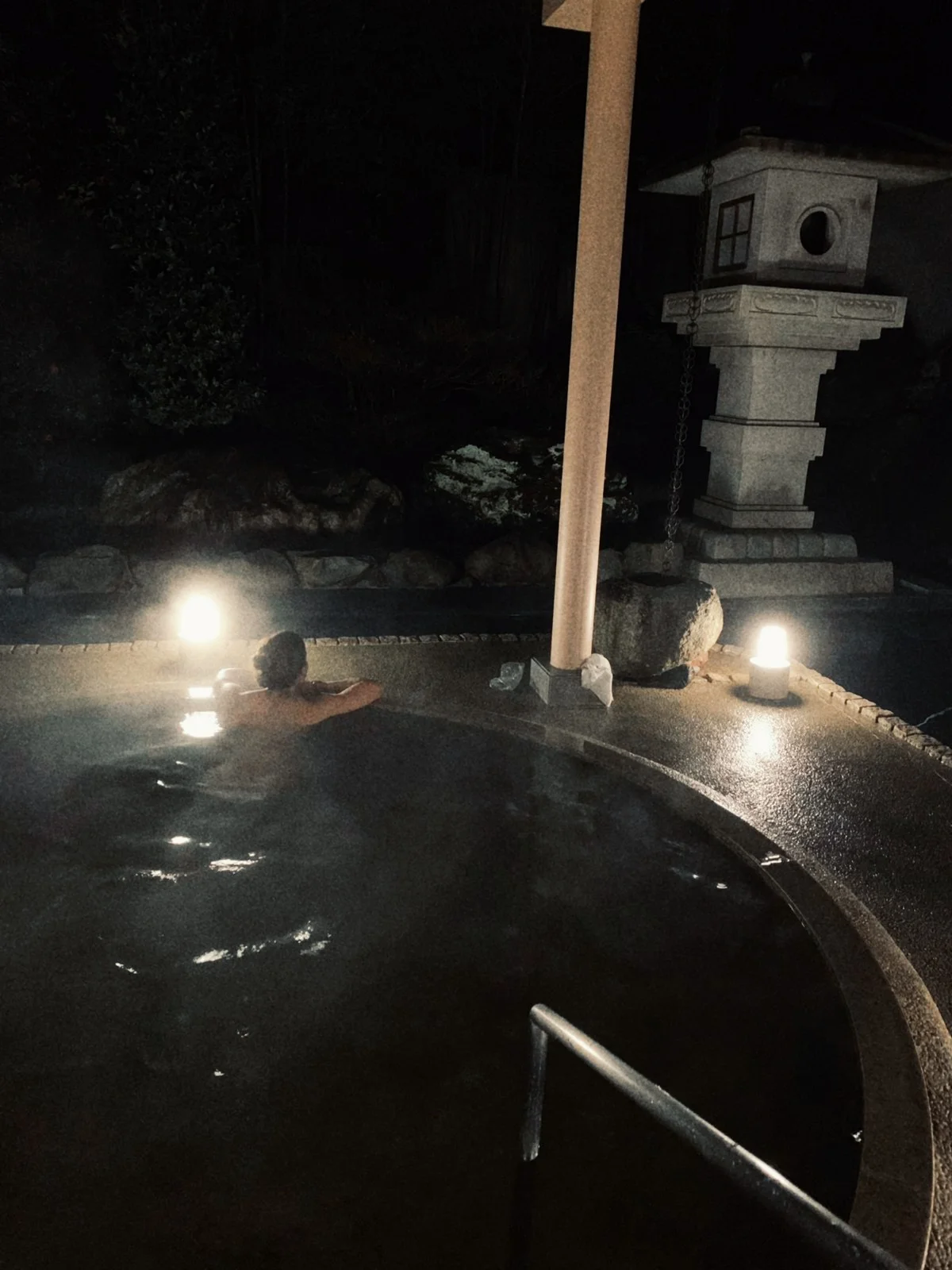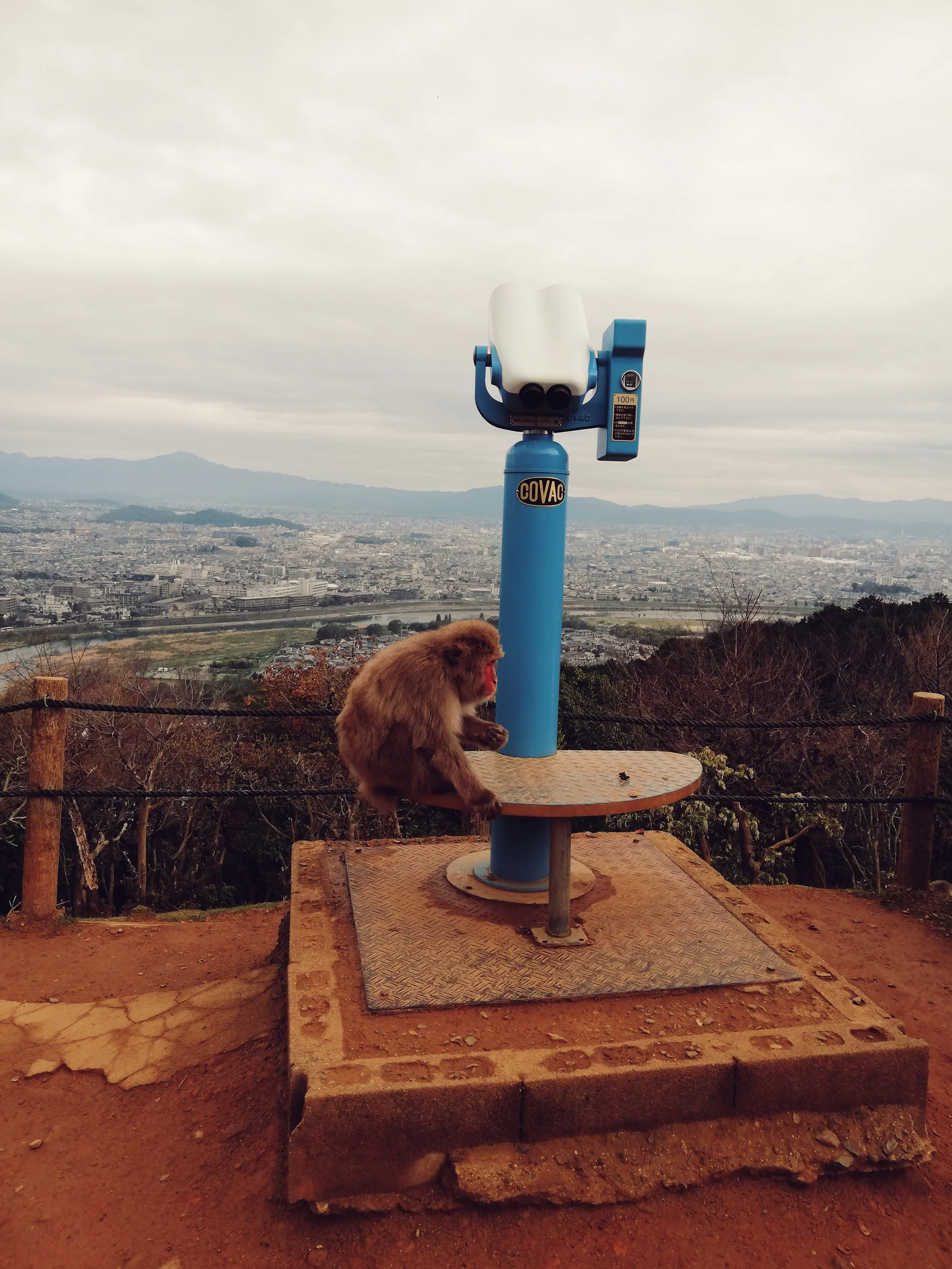Himeji-ne That
Why adding Himeji to your list of stopovers in Japan is essential.
Bad puns aside, if you were well informed enough to grab a Japan Rail Pass before leaving Tokyo’s Narita airport, make sure to plan a day trip to the quaint city of Himeji. Just an hour long Shinkansen ride away from Osaka or Kyoto, Himeji is home to one of Japan’s national treasures and a UNESCO world heritage site: the towering Himeji Castle.
The three-story castle looks like something out of a child’s most elaborate pop-up book. It has remained intact for over 400 years, surviving devastating bombings of the city during World War II as well as the 1995 Great Hanshin earthquake. Described as the White Heron Castle for its resemblance of a bird taking flight, it stares you right in the face from a not so great distance as soon as you exit Himeji’s central subway station. You don’t have to ask a local how to get there. It’s literally right there. You can’t miss it…unless you’re legally blind. (Pardon my dark humor)
Himeji Castle is considered the finest surviving example of prototypical Japanese architecture. The sprawling structure is comprised of a network of 83 rooms with advanced defense systems dating back to the country’s feudal period. And yet, none of these elaborate defense mechanisms were ever put to use. In its 400 year history, Himeji Castle has never been directly attacked. Not once. Guess its fortified trimmings were intimidating enough to dissuade potential invaders from even considering scaling its walls. Or it’s been granted some kind of divine protection by an invisible hand.
What we did need help locating was one of the best, if not the best, yakitori restaurants in town. Although considered Japanese fast food, yakitori literally translates to ‘grilled chicken’, which does not convey how satisfying and rich the flavor of Japanese barbeque done right is. Other meats and vegetables are also regularly grilled – traditionally in a rectangular clay box – and just as savory. We made the stopover in Himeji because Christian, our Japanese-American friend and ordained guide by unanimous vote, had family there. And if he hadn’t, we would’ve easily missed out on one of the top three dining experiences of our two-week tour.
Nik and I boarded a one-way monorail line to the outskirts of the city that night. There were only a few sharply dressed commuters in our car headed home after a long day at work. We hopped off nearing the last stop and onto a platform dimly lit by one lonely fluorescent street lamp. As soon as friends and coworkers said their goodbyes, unlocked their bikes, and dispersed into the night, we were accompanied by an almost complete silence had it not been for the crickets. The roofs of the traditional Japanese homes nearby and the silhouettes of the hills in the distance were illuminated under a star lit sky. I was in awe. And felt much like Chihiro in Studio Ghibli’s Spirited Away when she boards the onsen town’s only train to visit the witch Zeniba. Nik and I walked the partially lit streets for a while to kill time before our group arrived. We stopped on a bridge crossing over a canal and twirled in place. Absorbing every last bit of it all. Not really having anything to say that exceeded the importance of burning this moment into memory. To think this was our friend Christian’s childhood home: this far off excerpt of town with a rice field just down the street. Which was really only a twenty minute commute by local rail, but felt entirely removed from all of the noise of the nearby city. And to think this was my partner and I’s first time really traveling overseas together.
We met with our friends at the izakaya restaurant down the street and were escorted to a room with floor seating. It was a tight squeeze for ten people, but we came to leave uncomfortable. Americans that came to eat. Go figure. The yakitori was melt in your mouth g-o-o-d at around one US dollar a skewer. I didn’t know chicken could fall off the bone or, in this case, the bamboo stick. One of the grilled chicken skewers with yuzu sauce was almost addictive. Collectively, we devoured almost $300 worth of the best shish kebabs I think I’ve ever had and ever will. And unfortunately, telling you the name of this establishment would betray a good friend’s hometown secret. When the smell of a skewer evokes a pang of childhood nostalgia. And the whole restaurant reeks of a simpler time. It’s truly something special to be invited to share in.




